TLDR : For the readers who doesn’t have much time to read the post entirely, here’s our too long didn’t read summary:
The duration of an attack is defined as the number of frames the animation lasts. An attack with an impact IMP of i20 means that the attack will hurt the opponent in the 20th frame of it’s animation. The opponent could launch a faster attack like i10 to hurt us before our attack hurts him.
On guard GRD indicates how many frames the opponents won’t be able to move if he blocks our attack. +4 on GRD means that we will finish the attack animation 4 frames before the opponent will be able to move again after having blocked. -8 on GRD means that our opponent will be able to attack 8 frames before we finish our attack animation. Same goes with on hit HIT (the opponent is hit) and on counter hit CH (we hit the opponent while he is attacking).
Understanding the frame data is a good way to choose your moves wiser and get better at SoulCalibur VI. Although it can’t tell the whole story, it gives us insight about safe and punishable attacks and provides metrics to compare moves between them.
Introduction
Who has heard about SC players knowing their character’s frame data? What attack is safe to block or which one would be fastest? Either you would like to get better at SoulCalibur VI or would like to understand the frame data, this post should help you.
The game is made of frames and stuns (recoveries)
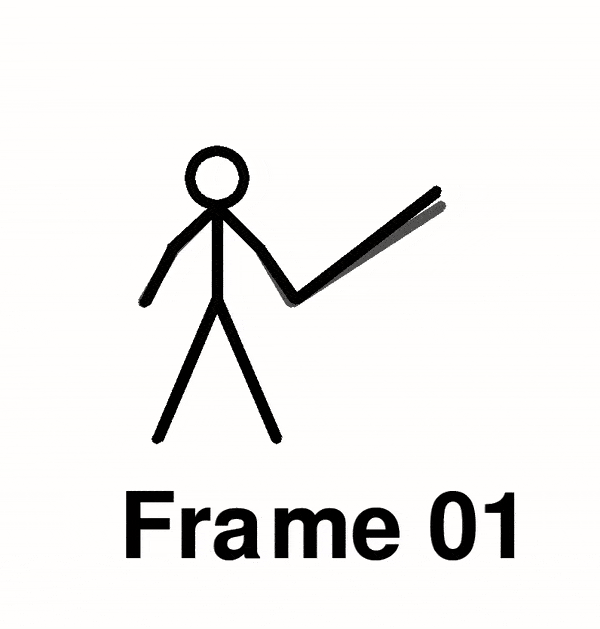 Like a movie, every game is made of images per second. We call them frames. In a fighting game, a frame is the smallest unit of time and we see every attack having a number of frames duration.
Like a movie, every game is made of images per second. We call them frames. In a fighting game, a frame is the smallest unit of time and we see every attack having a number of frames duration.
Short attacks last less frames than longer attacks. The idea is to know which attack will give us enough time to hurt the opponent without him being able to react. For example, when the opponent starts an attack that needs 30 frames of animation before hurting us, we would have time to launch a faster attack to hurt him before he hits us.
When our opponent blocks an attack, it gets “stunned” for a certain amount of frames and can’t launch any attack during this time. The same when the opponent doesn’t block and takes damage from our attack.
Phases of an attack
An attack is divided in 3 phases:
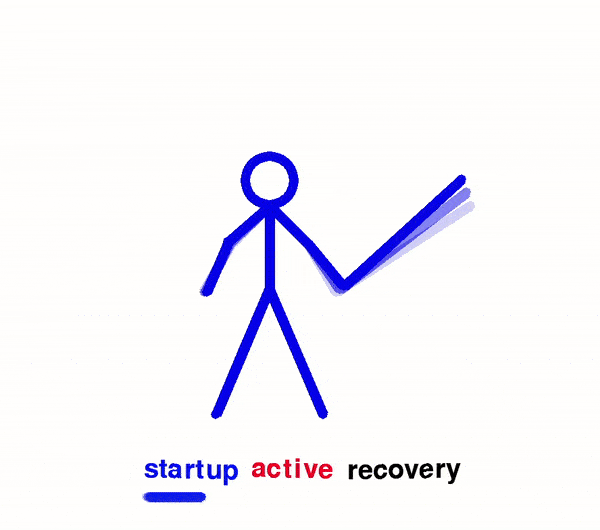 startup: your character begins to move but doesn’t make any damage to the opponent.
startup: your character begins to move but doesn’t make any damage to the opponent.- active phase: the attack can hurt the opponent.
- recovery: your character can’t hurt no longer and can’t launch another attack until this phase finishes
The frame data
Impact
IMP is the number of frames on the startup phase. In other words, an i14 becomes active on the 14th frame and only then it can damage us. If we attack with an i20 move and the opponent attacks at the same time with a i16, the opponent will strike before us, therefore our move will be interrupted (canceled) and we will get hurt.
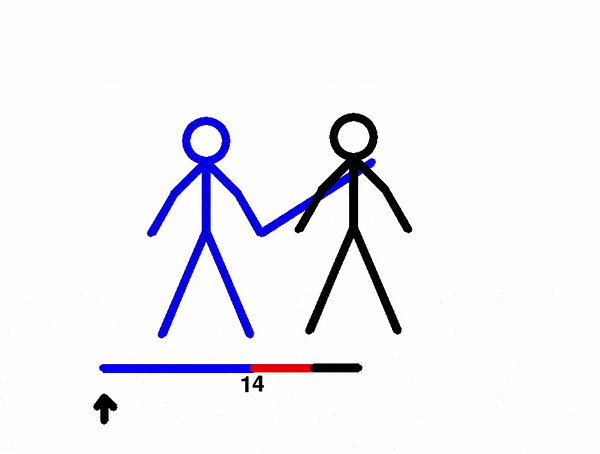
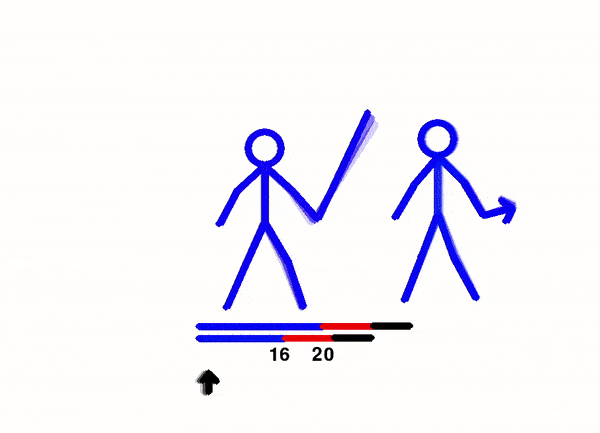
On guard
GRD indicates how many frames the opponents won’t be able to move if he blocks our attack. +4 on GRD means that we will finish the attack animation 4 frames before the opponent will be able to move again after having blocked. (We will be able to launch another attack before he gets out of block stun). -8 on GRD means that our opponent will be able to attack 8 frames before we finish our attack animation. (He will be able to launch another attack before we finish our animation)
Same goes for on hit (opponent receives damage) or on counter hit (hit opponent when he’s attacking).
We can also see these terms instead of a number of frame in the frame data:
- KND: You knockdown your opponent to the floor
- LNC: You launch the opponent to the air
- STN: Your opponent gets stunned standing.
Safe and punishable attacks
With these notions, we can now talk about safe and punishable moves. An attack with a high GRD like -16 would not be safe to use because it would take 16 frames before we can move (or block) again. The opponent would have time to launch an i16 (or faster) attack and would hurt us. Such a move would then be called a punishable move.
An +16 on HIT attack would give us time to launch another i16 IMP (or faster) if the opponent was hit on the first attack, resulting in two hurting attacks in a row. (A combo).
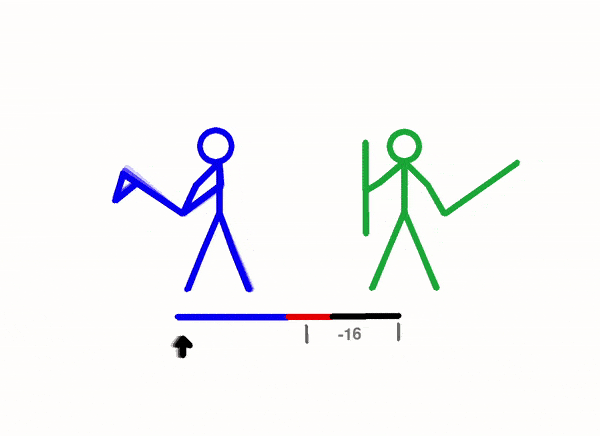

Playing safe
Let’s say we blocked an opponent’s attack that is -6. That means we can move 6 frames earlier than he can. If his fastest move is i12, we can easily calculate that his fastest option will clash with any of our i18 attacks; and that if we throw out any move that is i16 or faster, he has no way to beat it with any attack available to him.
On other hand, if we use any attack that is i20 or slower, we risk to get interrupted by his i12 attack.

Theory helps, but does not all
Although the frame data helps finding safe and punishable moves, it does not take into account the context nor character specificities. For example, even if we launch an unsafe attack and the opponent is distant enough, he wont be able to punish us.
Furthermore, the frame data wont tell the whole story with some moves push back or force crouch, but its a good way to get started.
Conclusion
Understanding the frame data is a good way to choose your moves wiser and get better at SoulCalibur VI. Although it can’t tell the whole story, it gives us insight about safe and punishable attacks and provides metrics to compare moves between them. We also recommend to read this great article, although it is for another game.
We hope this will help review your gaming style, or even understand the geeky technical threads about SoulCalibur VI. Keep practicing!
Article was taken from FrameCalibur website with generous permission of the app developer, Eldorico
